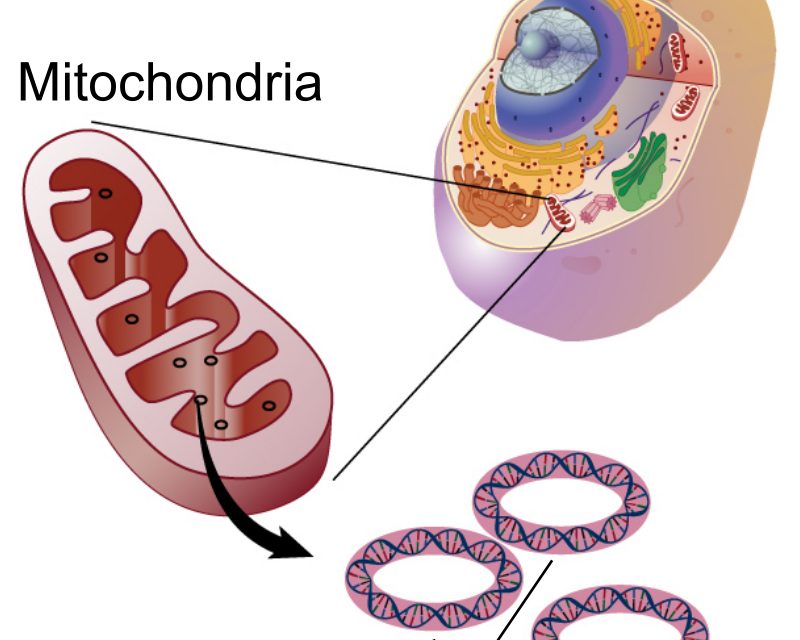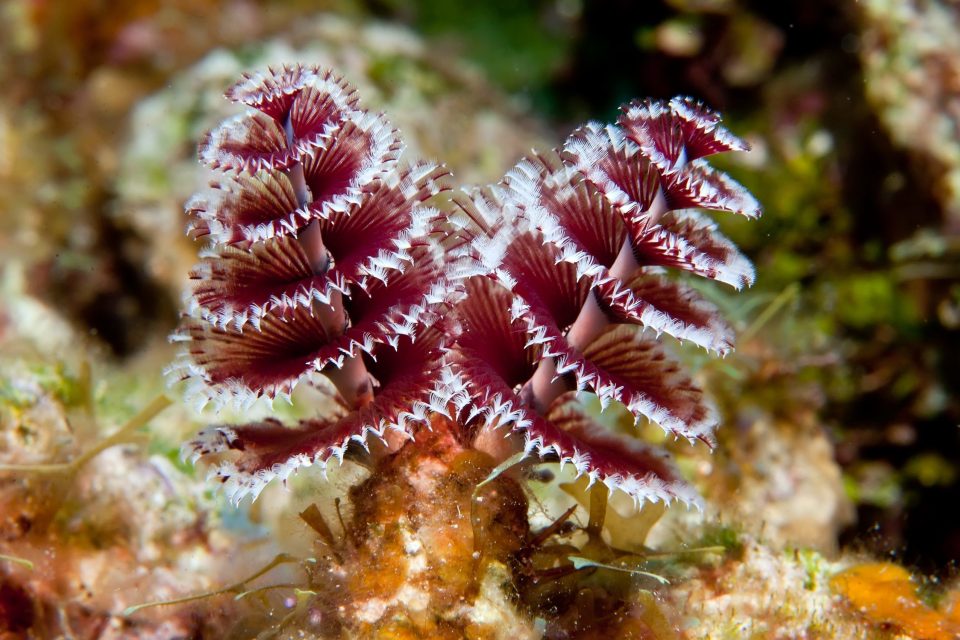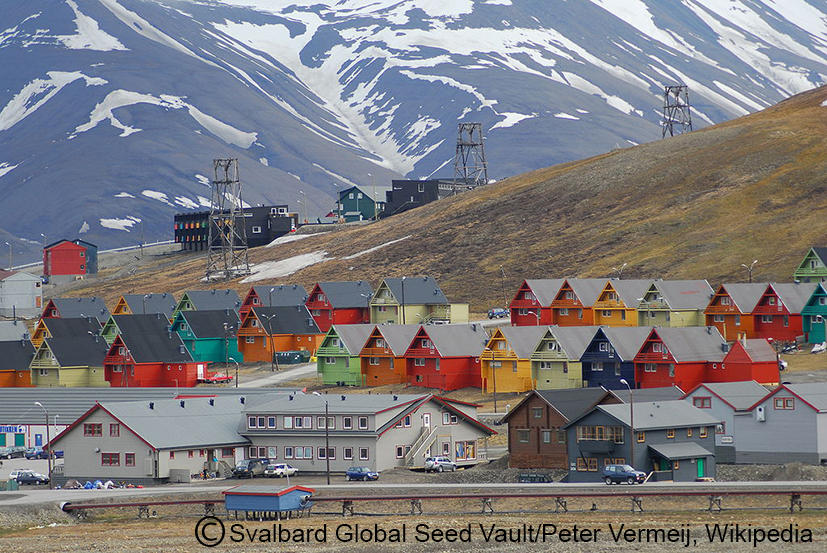
Door 2: Mitochondrial genomes and why they are so great
The mitochondria is the organelle within the cell which is regarded as the cells “power house”. This is because they play a crucial role in energy production through oxidative phosphorylation. Within the mitochondria, the mitochondrial genomes, also referred to as mitogenomes, are found. The mitogenomes are small circular […]



